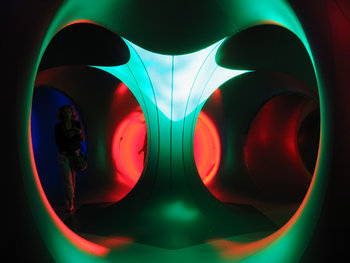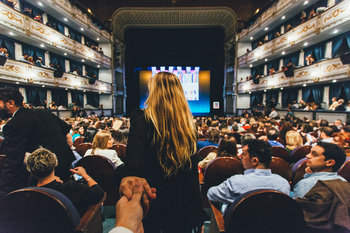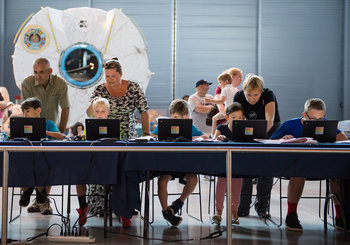
Fiction
Fiction often inspires the future. Critical design may take the form of a story or media presentation that challenges base assumptions about the present, past or future. For example, a critical design could use counterfactual thinking to tell a story of how history would have unfolded without the presence of fossil fuels on the planet.Speculation
Speculating about the future. This can involve projections based on current trends or suggesting that current trends are about to suddenly end or reverse. Speculation can also involve thought experiments such as how the future will view current designs.Models
Developing theories and models that challenge design conventions. For example, suggesting a completely new method to capture holograms that would improve quality if it could be implemented. As a design concept, implementation details can be completely omitted such that the design may be impossible or have disadvantages that would become clear to implementers.Prototypes
Critical designs may be developed as prototypes that are typically designed to challenge assumptions as opposed to a typical prototype that is intended to be a potential product. For example, an interior design that challenges conventional forms and design principles.| Overview: Critical Design | ||
Type | ||
Definition | The development of non-obvious design concepts that challenge the status quo. | |
Attributed to | Anthony Dunne’s book Hertzian Tales (1999) | |
Also Known As | ||
Related Concepts | ||
























